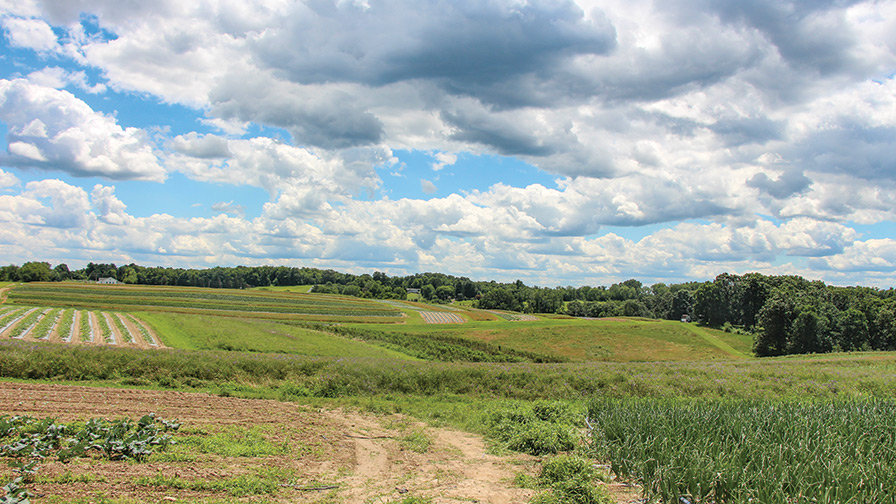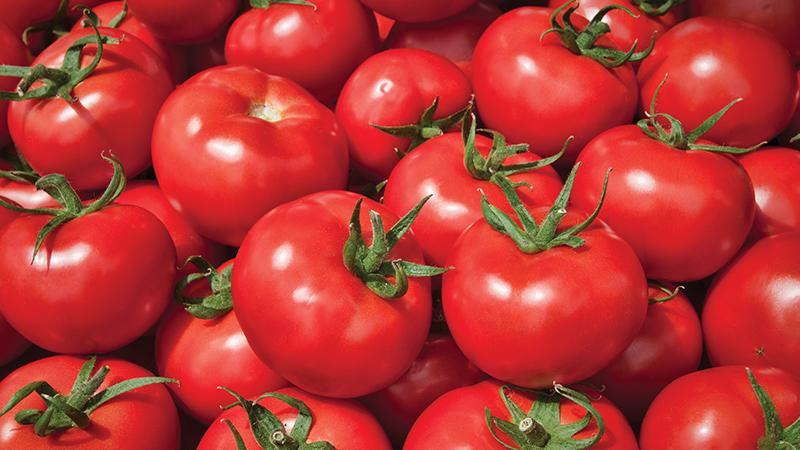Planning a Sustainable Future for Your Farm

Every farm is unique. Some of you want to pass the farm to the next generation of farmers. In some cases, there really is no quick option other than liquidating assets.
Editor’s note: John Whitney has written for American Vegetable Grower since 2015. He is retiring from both his position with USDA and as a contributor to our magazine. We wish him well as he embarks on a fulfilling post-career life.
After a long career with the USDA Soil Conservation Service/Natural Resources Conservation beginning in the summer of 1979, I recently submitted my retirement papers. This raises many succession issues for my office and service area, where I have worked since December 1985.
Pondering my own pending retirement made me think about how growers are handling the same issue.
Questions You Need to Answer Before Retiring
Most of you really don’t have plans to retire in the way that non-farmers do. While succession planning does come up from time to time in family and business partner discussions, it’s not an easy subject for many reasons.
Here are some of the weighty questions you’re facing:
- When the assets of a farm are tied up in land, equipment, and specialized buildings, where will the money come from to fund retirement or expenses associated with aging?
- What if no one is interested in taking over the farm?
- What if taking over the farm by family members, partners, or beginning farmers is financially impractical?
- What if there are already some conflicts over management or letting go?
- What if the assets have been collateralized to the point where paying off debt will leave little or nothing remaining to cover retirement expenses or to support a transition to new ownership and management?
These are just a few of the myriad of questions that arise.
Want to Cash In or Preserve?
Every farm is unique. Some of you want to pass the farm to the next generation of farmers, either within your own family or to an outside grower. If that’s your plan, you’ll probably need to involve outside financial and business advisors who can be part of the solution. (See the next section for tips on how to gather the right team for your succession plan.)
In some cases, there really is no quick option other than liquidating assets.
For those growers, selling to the highest bidder can mean the land will no longer be farmed, but will be converted to what some planners, assessors, and appraisers arguably call the “highest and best use.” It’s well-known farmland that is usually the cheapest and easiest to develop.
Most vegetable farms throughout the country are directly in the path of urban sprawl. That’s why so much has already been lost.
Many older farms were once truly rural. Now these farms are near services and may even have zoning that favors converting land out of agricultural use. They’re now ready to grow houses or commercial buildings rather than crops or livestock.
The Experts You’ll Need to Help Preserve Your Farm
If you want to preserve your land for long-term agricultural use, options and tools are available. If keeping concrete and buildings from being the next and final “crop” on your land is the goal, you need to set up the right team.
You will want to engage a different or additional set of advisors, including professionals and consultants from land trusts, environmental organizations, community advisory boards, and public conservation agencies.
That’s not an easy thing to do. Farmers are a proudly independent breed. The input is critical, though.
These folks know the tools and options available. They have experience with the process and can help explain the many steps involved in various strategies, including the fact that purchasing development rights/conservation easement projects rarely happen quickly. They can also be instrumental in finding the funds required for long-term options like conservation easements.
Here are two organizations you will find useful in preserving your farm:
- The American Farmland Trust has been proactive in spreading the message about the importance of protecting farmland and in developing state and regional references and “toolkits” for understanding and implementing options.
- The USDA Natural Resources Conservation Service (NRCS), in partnership with municipalities and land trusts, continues to implement farmland protection efforts through the Agricultural Conservation Easement Program – Agricultural Land Easements (ACEP-ALE, found at https://is.gd/ACEP_ALE). Many states and even some local municipalities have similar or complimentary programs.
Useful Website Resources
Of course, it is not just about protecting farmland. Agricultural viability is critical to sustainability.
This involves a wide range of topics from flexibility in crop selection, to responsiveness to market changes, to crop diversity, to climate change resilience, to maintaining and improving soil health, to value-added production, etc.
- The American Farmland Trusthas taken the lead in compiling resources and links to help with viability issues and options.
- A recent video released by the Land Trust Alliance celebrates 25 years of farmland protection work by the USDA NRCS in partnership with land trusts and private landowners throughout the country. This is an inspiring, optimistic piece.
- USDA also is taking steps to match beginning farmers with land owners who are exploring succession. It’s also providing tools and resources to support generational transitions. The “A New Generation” link on the USDA New Farmer portal outlines many options.
To explore retirement possibilities, I encourage you to visit your local NRCS, Cooperative Extension, and land trust representatives. Having projects ready to go, with the options and next steps well understood, is the key to success. These initiatives can support the transition to another generation of economically viable and sustainable farms while providing retirement options and accommodating generational changes.
As the American Farmland Trust says, “Don’t let concrete be the last crop.”










